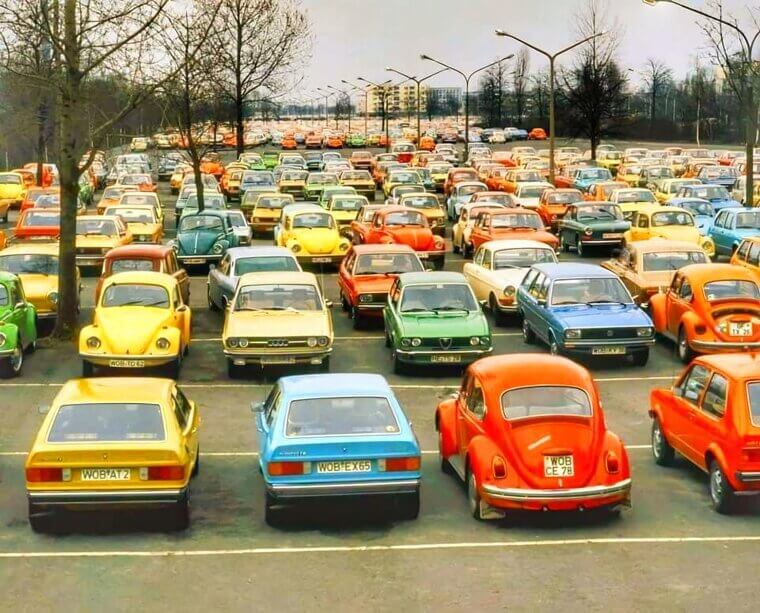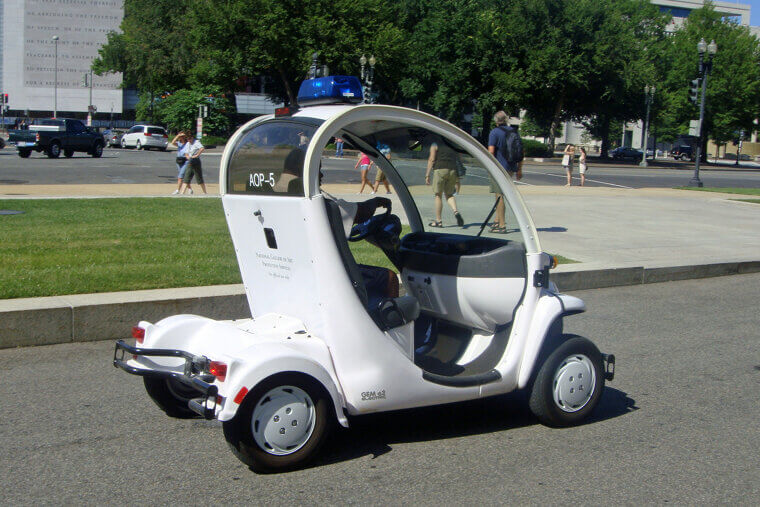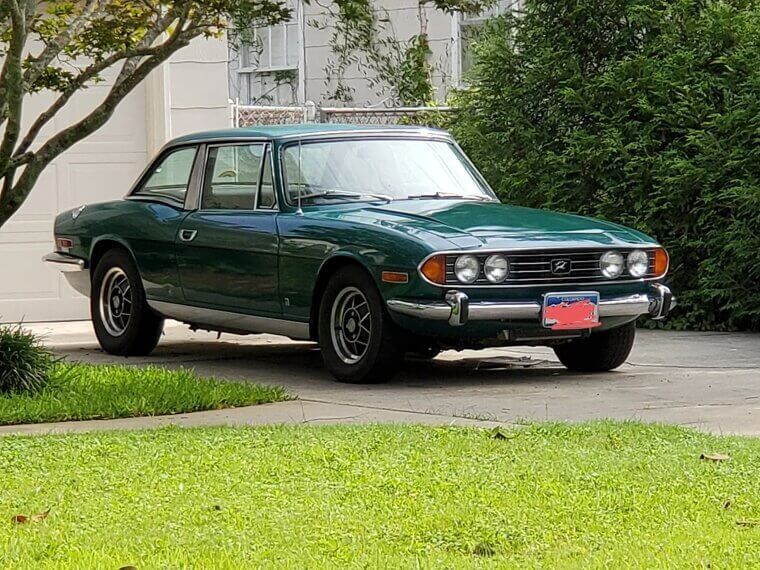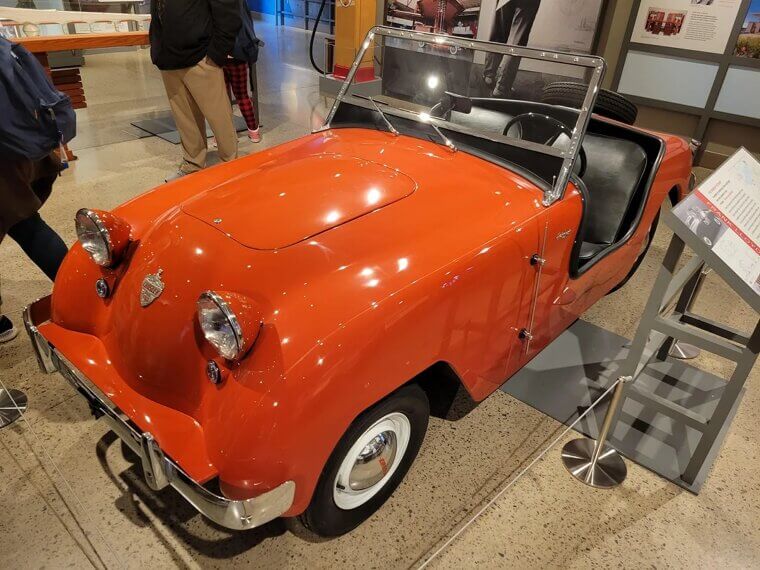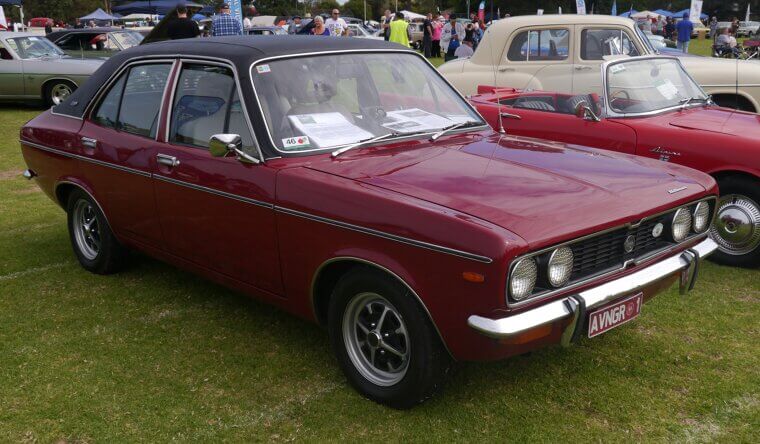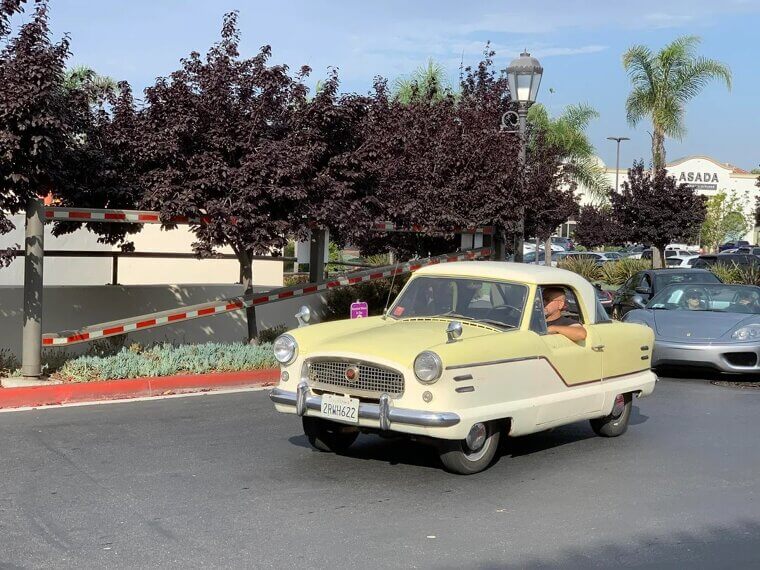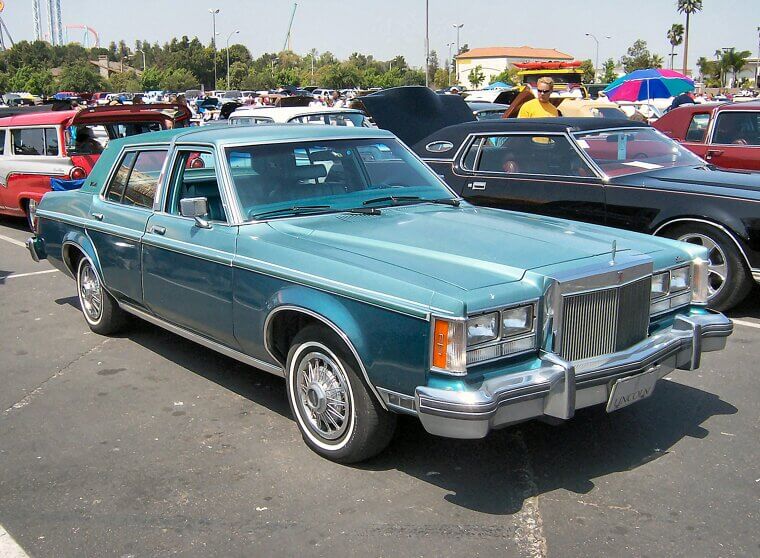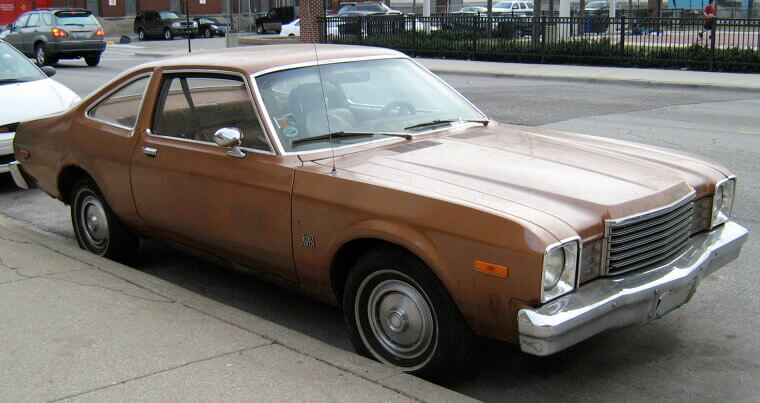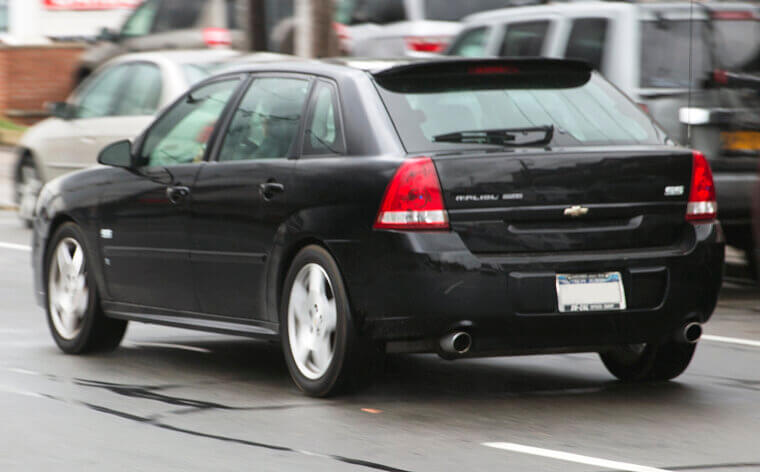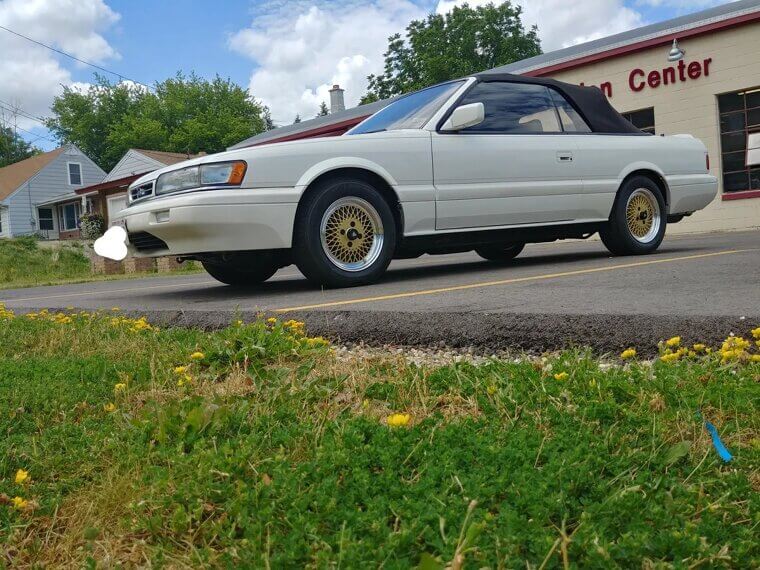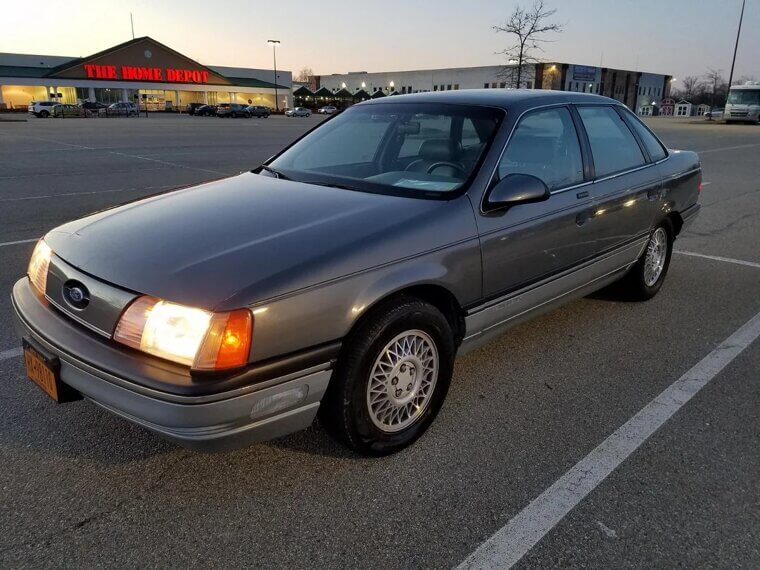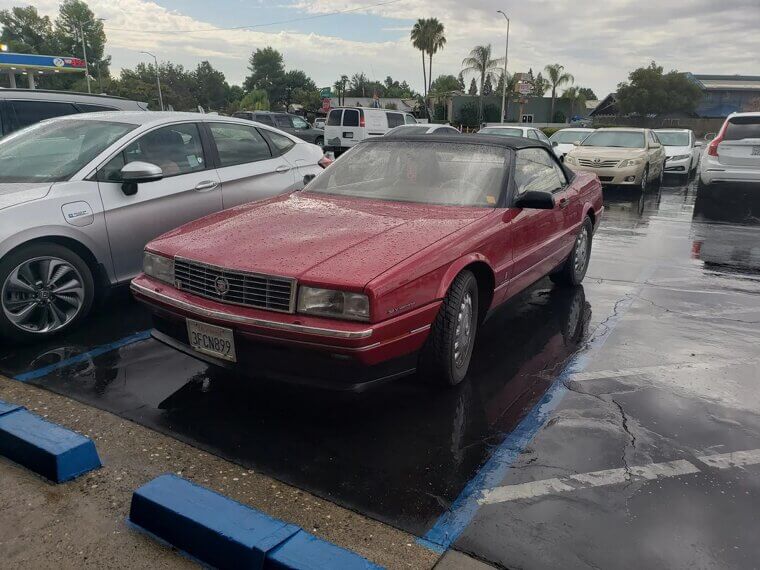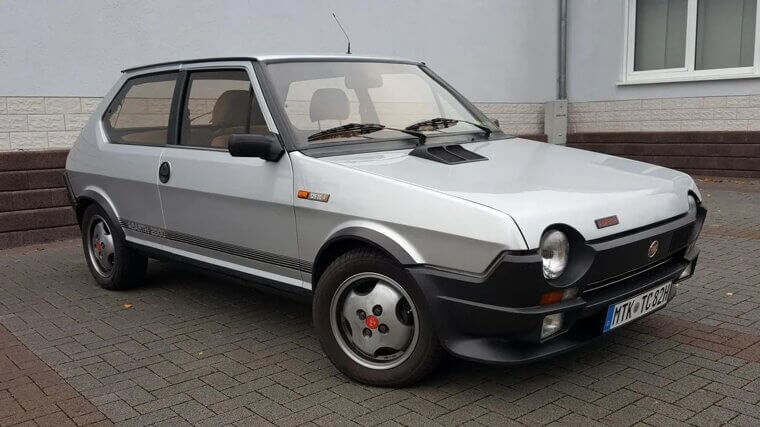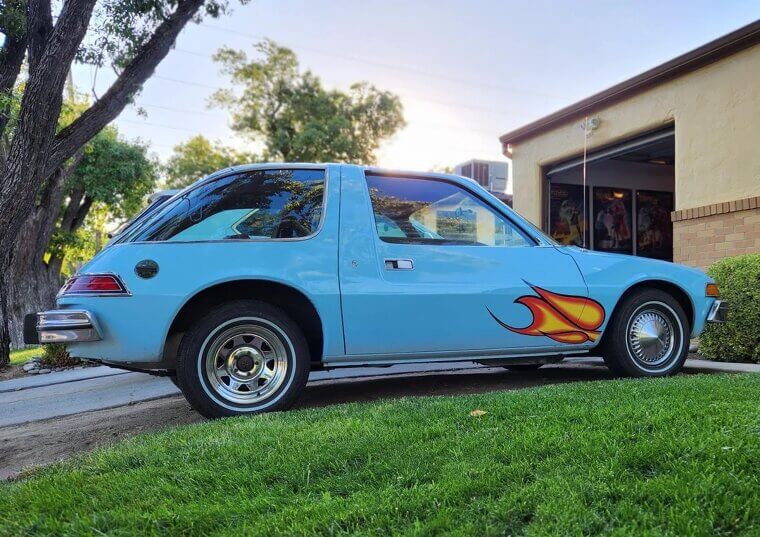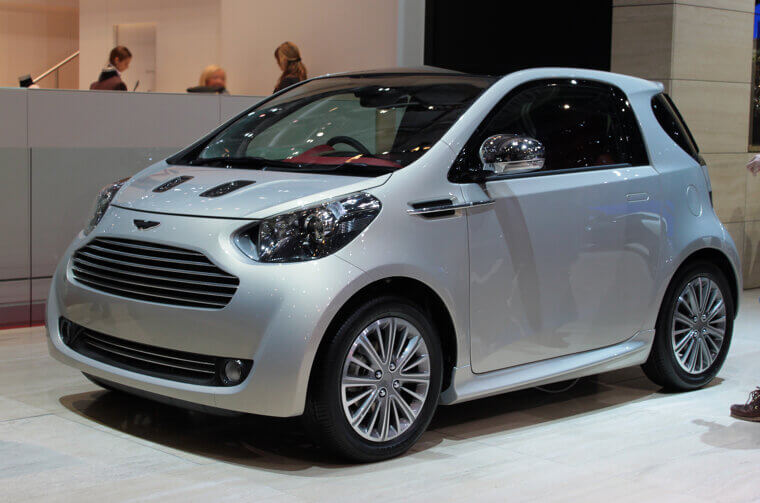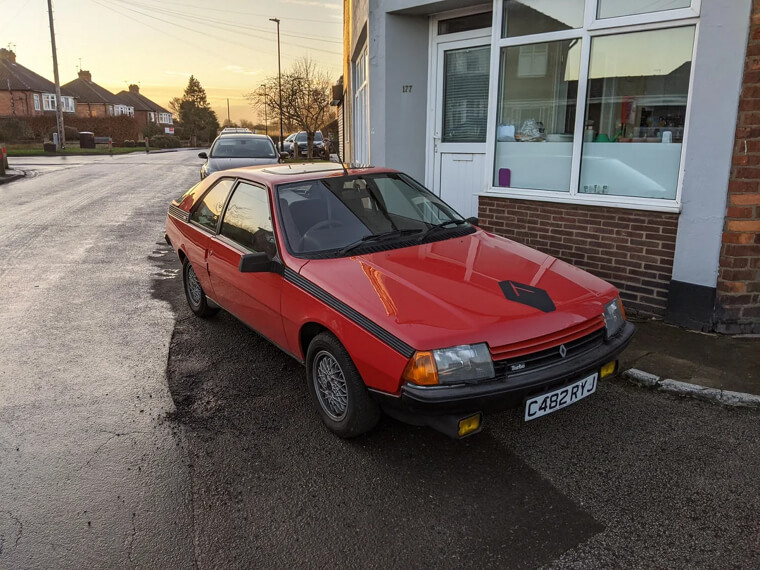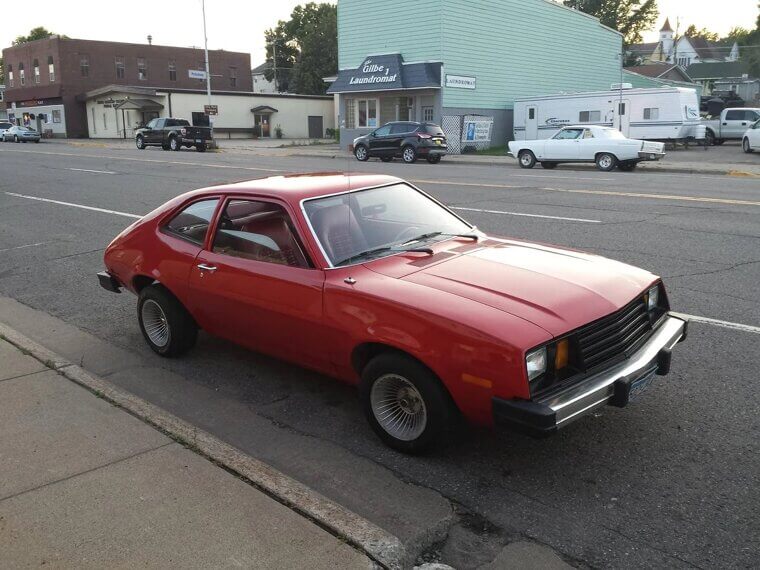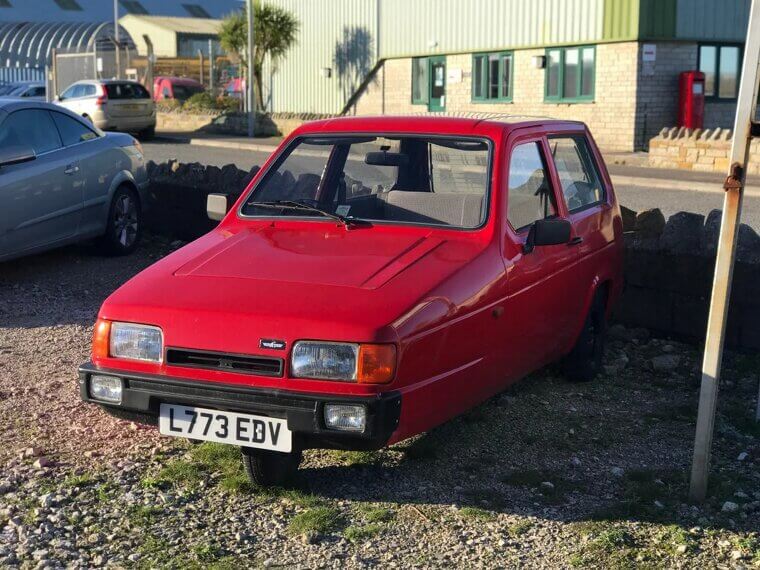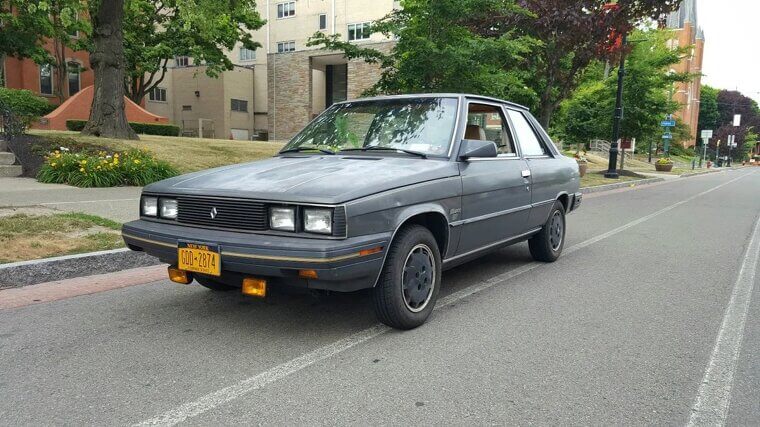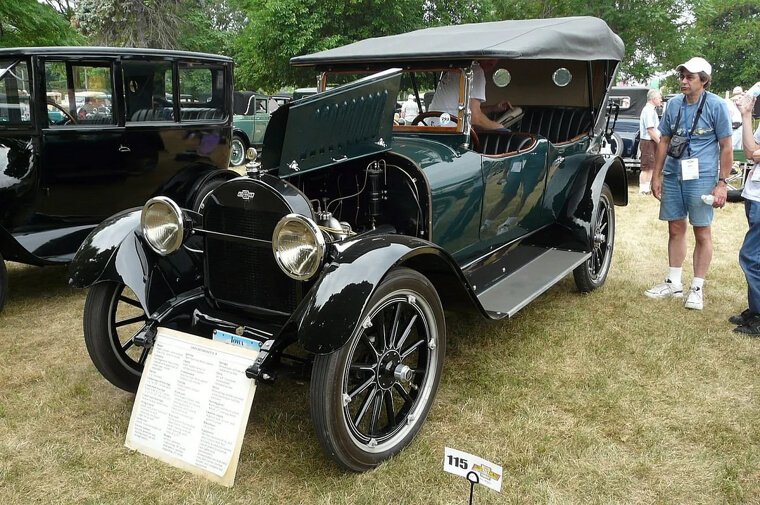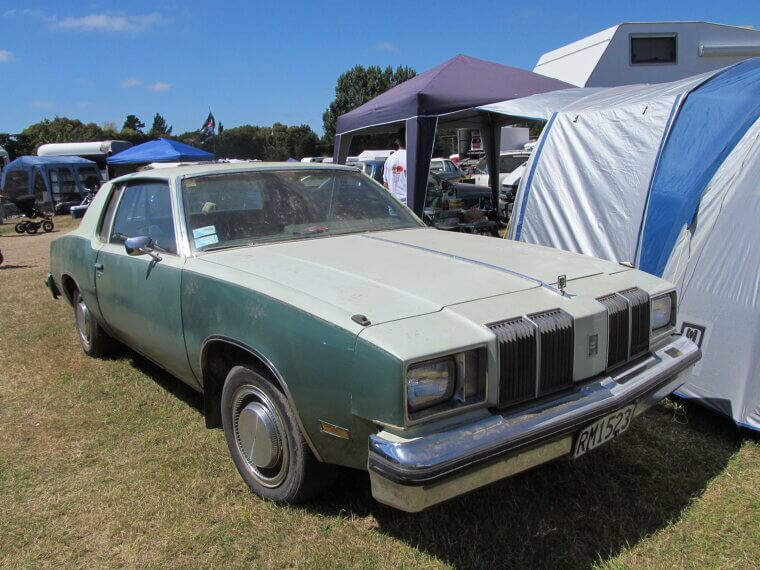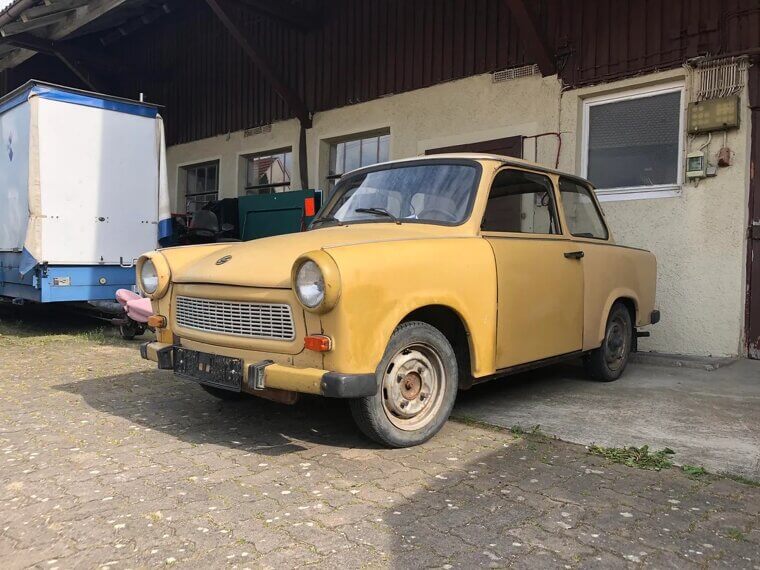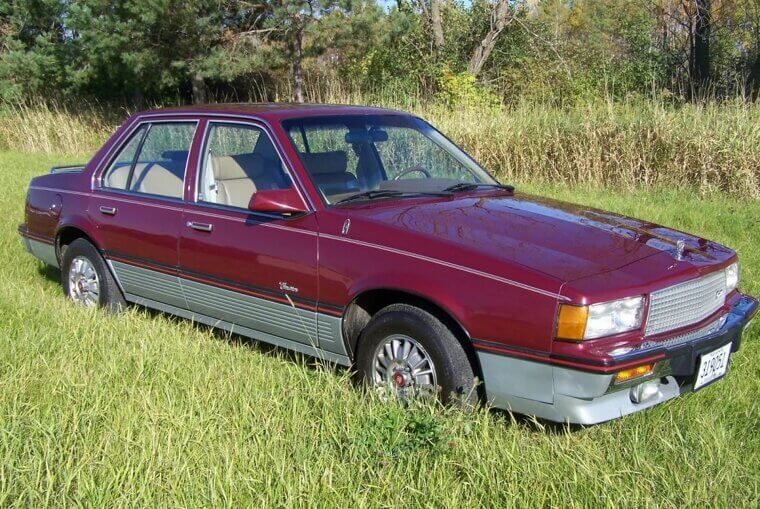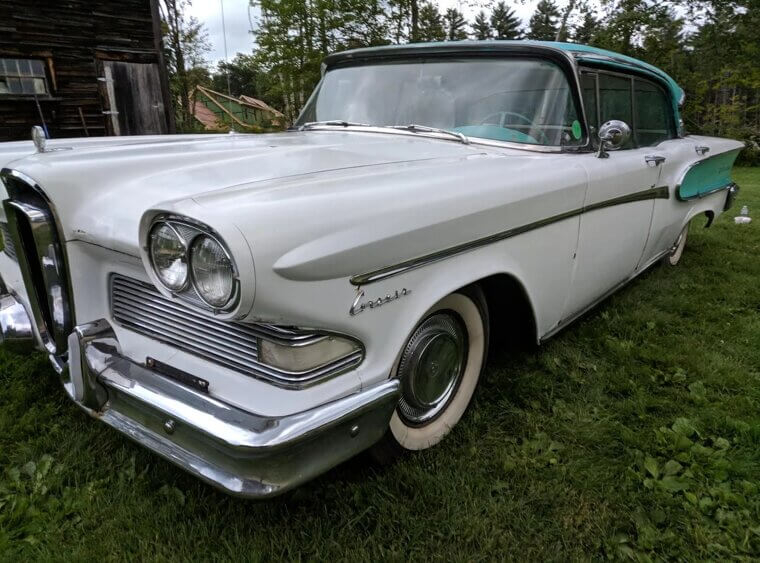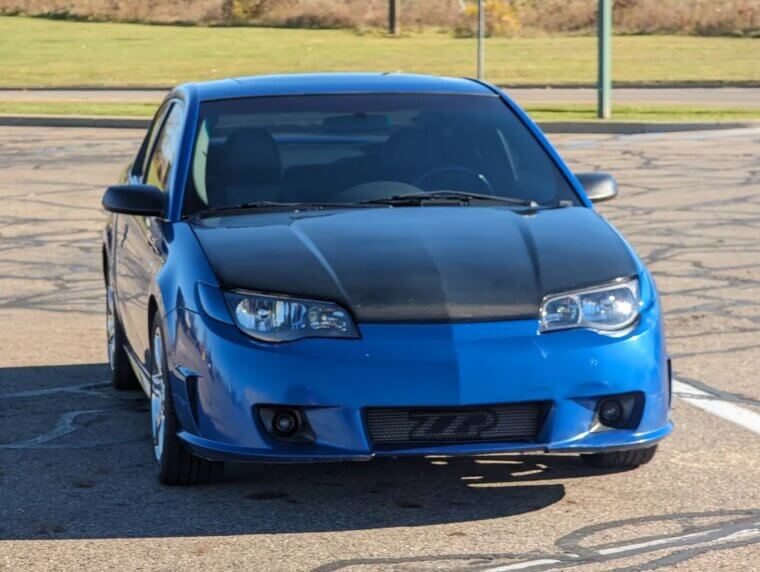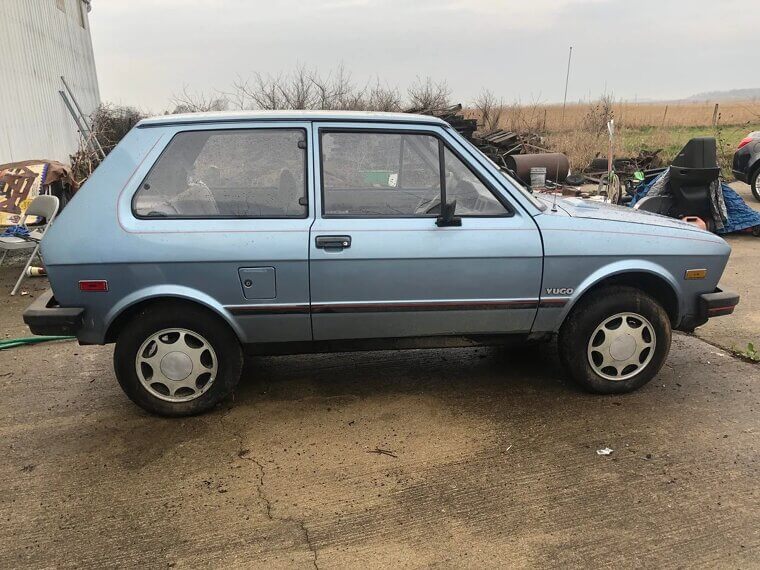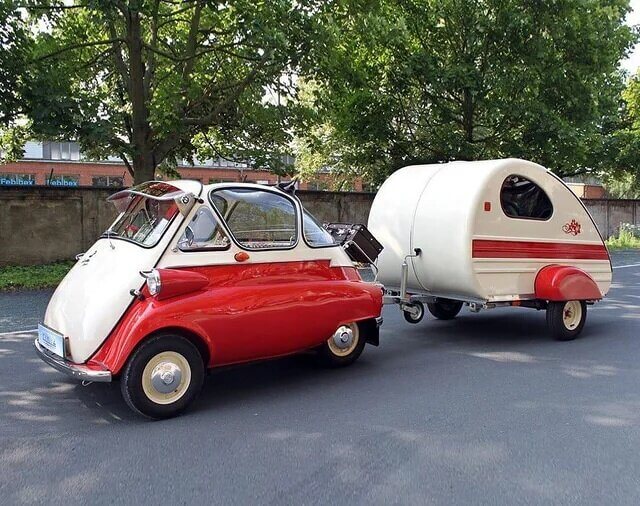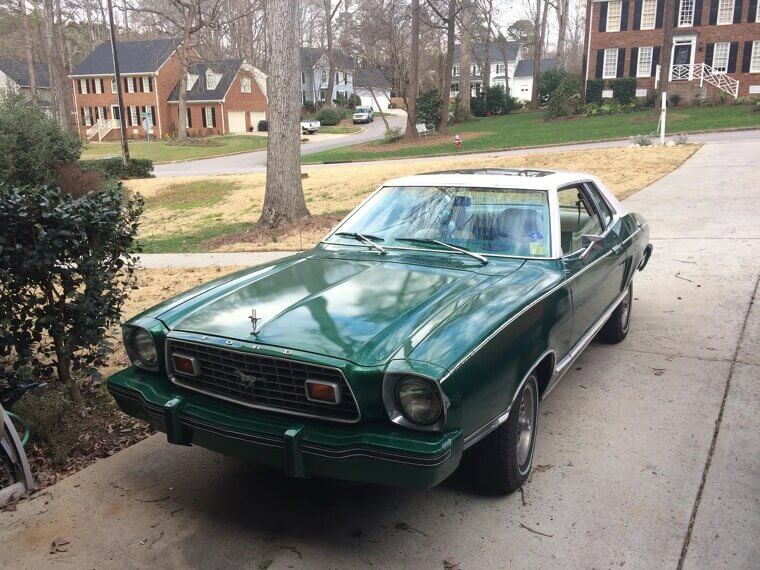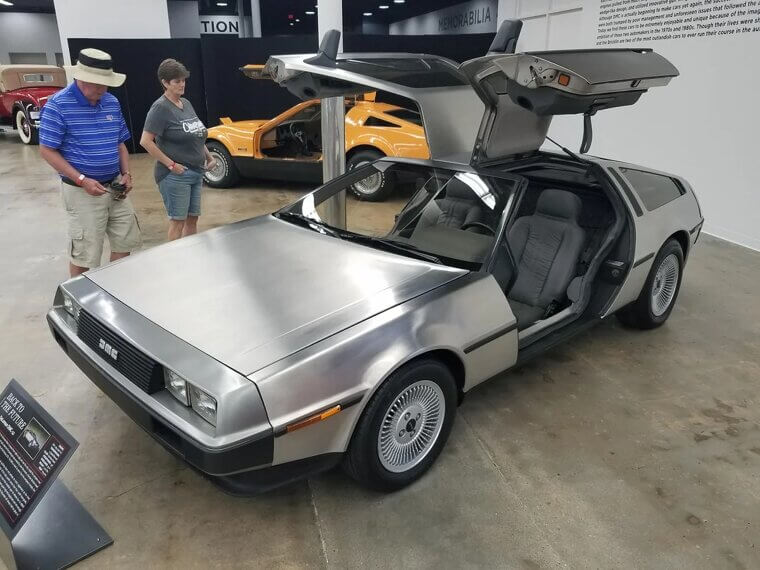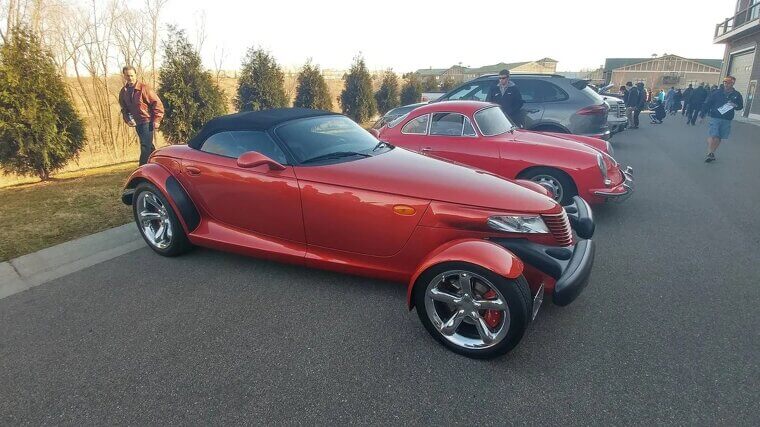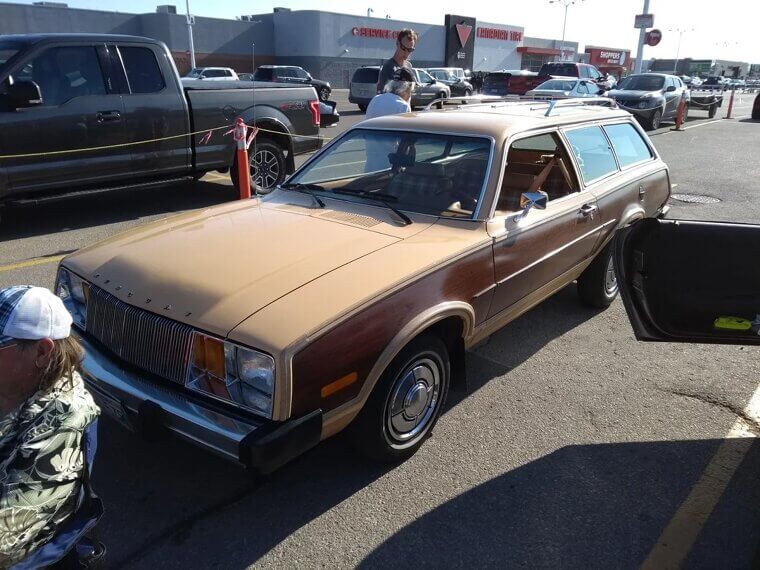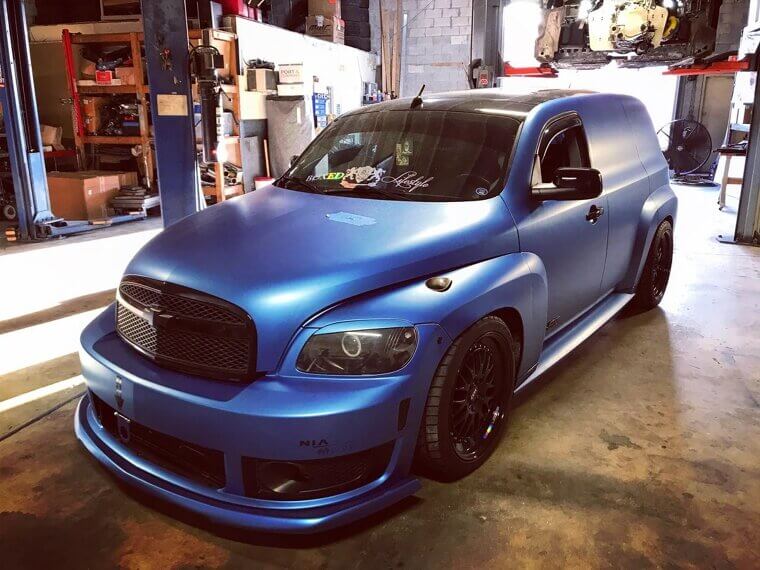The Stories Behind Cars That Vanished Without a Trace
It’s safe to say that not all classic cars are actually good vehicles. In fact, when we look back through automotive history, we are actually pretty happy that brands called it quits on a few models. Whether it be for their poor design or performance, some vehicles simply don’t meet the standards of everyday drivers. Let’s take a closer look at 35 discontinued cars that nobody really misses.
2002 GEM
In all honesty, even calling this vehicle a finished product is a bit of a stretch. We aren’t even entirely sure that it is actually a car! This low-speed, no-door electric vehicle felt more like a golf cart than anything else, which is exactly why it was received so badly by the public. Needless to say, it didn’t stick around for very long.
Triumph Stag
The Triumph Stag featured a monstrous Triumph V8 engine, which failed to confine combustion internally. As a result, various components of the car were repetitively damaged, including timing chains and aluminum heads.
Crosley Hotshot
Despite its undeniably cool name, the Crosley Hotshot was anything but a hit. It was heavy, long, and simply unpleasant to drive. To top it all off, the car had a top speed of just 50 mph, which left buyers more than a bit disappointed. Just 3 years after its initial release, the car was discontinued.
Plymouth Cricket
The Plymouth Cricket was the brand's response to the ever-popular Ford Pinto and Chevy Vega. However, it failed to meet the necessary standards by a long shot. It featured a 1250cc engine and an automatic transmission that lacked any sort of creativity.
Nash Metropolitan
The Nash Metropolitan had a flimsy design at best. It ran well on low-quality gasoline, but its incredibly poor handling made the car unpleasant to drive. Often called America’s very first subcompact vehicle, the Metropolitan lasted a few years before being discontinued.
Lincoln Versailles
The Lincoln Versailles was Ford’s very first attempt at cracking into the compact luxury vehicle market. However, it didn’t pan out quite like they had hoped. The car lacked any sort of ingenuity and sophistication, featuring a humble exterior and boring performance.
Dodge Aspen
The Dodge Aspen was, for a while, the most recalled vehicle on record. It often struggled with loose hoods, faulty acceleration, and poor braking abilities, which led to additional safety concerns. It was also a bit of a rust magnet.
Chevrolet Malibu Maxx SS
The Chevrolet Malibu Maxx SS had its fair share of problems. This included a lack of steering flexibility, questionable braking, and no manual gearbox. Simply put, the car wasn’t much fun to drive. It didn’t stand out in terms of appearance either.
Infiniti M30 Convertible
Although good on paper, the Infiniti M30 Convertible left a lot to be desired on the roads. The drivetrain was less than ideal, and its innovative sensory technology system simply didn’t work as well as they had initially hoped.
Ford Taurus
The 1996 version of the Ford Taurus was a real bust. Despite its 12-valve Vulcan V6 engine, the car just didn’t reach satisfactory speeds, leaving buyers disappointed. More so, the finished design was needlessly over the top and included components that were incredibly costly to repair and replace.
Cadillac Allante
The Cadillac Allante may have looked great, but it was simply too much trouble for what it offered. In fact, the body was only manufactured in Italy, which led to an incredibly high price tag that its performance couldn’t justify.
Fiat Strada/Ritmo
The Fiat Strada/Ritmo was received so poorly by the public that Fiat actually disappeared from the US market entirely for 3 decades following its release. It offered imprecise and heavy steering and featured a severely underpowered engine, leading to a subpar overall performance.
AMC Pacer
The AMC Pacer was an incredibly simplistic vehicle that offered very little convenience to drivers. In fact, it didn’t even have air conditioning. As a result, it was listed as one of the worst-designed cars of its time, leading to its discontinuation.
Aston Martin Cygnet
The Aston Martin Cygnet was designed to be a modern luxury solution to urban mobility. However, it fell short of these expectations. It lacked any sort of prime features and sold for an incredibly high price, leading to a lack of demand and its eventual discontinuation.
Renault Fuego
The Renault Fuego was incredibly fragile and lacked any sort of advanced safety features, making it a massive flop for the French automotive company. The car also rusted quickly and experienced an alarmingly high number of electrical fires.
Ford Pinto
The Ford Pinto had an incredibly poor reputation when it came to safety, and for good reason. In many cases, rear-end collisions would result in the car catching fire, even if the accident was minor. This resulted in over $50 million lost in lawsuits and a quick discontinuation.
Chrysler TC by Maserati
Simply put, the Chrysler TC was too expensive for what it offered. The trims were undeniably nice, but the overall design was questionable. Built in Milan, the TC only stuck around for 2 years before being pulled by Maserati.
Reliant Robin
This 3-wheeled car was a miss for obvious reasons. The 750cc engine made for a painfully slow ride, which was actually necessary considering just how unbalanced the car was. More so, the fiberglass body didn’t make for the safest driving experience.
Renault Alliance
The Renault Alliance lacked any sort of comfort and luxury. Featuring whitewalls and monochrome paint, it also left plenty to be desired in terms of design and appearance.
Chevrolet Series D
The Chevrolet Series D was the brand's very first V8 offering. Despite this, the car was painstakingly slow, offering only 36 horsepower. As a result, the car only stayed in production for one year before its discontinuation.
Oldsmobile Cutlass Supreme Diesel
The Oldsmobile Cutlass Supreme Diesel was by far one of the brand's most disappointing models, as it offered a dismal 90 horsepower. Fuel economy was a struggle, and many experts even cite this model as the start of the downfall of the US diesel engine market.
Trabant
The Trabant was designed and manufactured in the former East Germany. It was pieced together using old clothes and glue - needless to say, the car wasn’t the most sturdy or safe. As a result, it was a bit of a flop and ended up being discontinued shortly after its release.
Cadillac Cimarron
The Cadillac Cimarron featured a lazy design that failed to impress the public. It was basically a rebadged J-platform sedan, loaded with a bunch of expensive and unnecessary accessories.
Edsel Corsair
Even though the Edsel Corsair looks decent, it was a serious fuel chugger. As a result, the car garnered a lot of bad press and drastically affected the overall reputation of the brand. Ultimately, the plug was pulled on the design just one year after its initial release.
Saturn Ion
Many people described the Saturn Ion as a sedan/coupe that belonged on another planet. It featured absurd steering controls and an incredibly loud engine. More so, it was extremely heavy on fuel and offered dismal power output.
Chevrolet Vega
Simply put, the Chevrolet Vega had a terrible design. It couldn’t hold oil properly, which led to a number of malfunctions. More so, buyers often struggled with melting issues, leading to a high recall rate.
Yugo
The Yugo was essentially a cheaper version of the Fiat 127. It was incredibly slow, with a top speed of just 86 mph. On top of this, it continuously failed crash tests, leading to its eventual discontinuation.
BMW Isetta
The BMW Isetta was a single-cylinder, 12-horsepower, one-door vehicle that simply didn’t cut it. It struggled with a wide range of issues, including a lack of stability and a malfunctioning door. Moreover, the Isetta lacked the sort of elegance that BMW became known for, leading to some incredibly disappointed buyers.
Ford Mustang II
The Ford Mustang is undeniably one of the most iconic cars of all time. However, the II model simply didn’t meet the same standards. It was considered the low point of the Mustang brand, as it was smaller, lighter, and less powerful than previous designs.
Pontiac Aztek
The Pontiac Aztek is widely regarded as one of the worst cars ever released. In fact, it ultimately destroyed the brand's credibility, leading to its bankruptcy in 2010. It featured incredibly poor handling abilities and confusing specs, making it a bit of a nightmare to drive.
DeLorean DMC-12
Although the DeLorean DMC-12 is an iconic car for its role in the Back to the Future movies, it was ultimately discontinued for its poor build quality and numerous mechanical issues.
Suzuki X-90
The Suzuki X-90 was a peculiar two-seater SUV that never quite took off, mostly because of its strange design and impracticality. It featured next to no trunk space and a severely underpowered engine. However, it was also disproportionately expensive, leading to its eventual discontinuation.
Plymouth Prowler
The Plymouth Prowler debuted as a retro-style hot rod, but buyers quickly took note of its less-than-impressive performance abilities. Featuring an underwhelming powertrain, the car simply didn’t justify the hefty price tag.
Mercury Bobcat
The Mercury Bobcat was essentially a rebadged version of the Ford Pinto. However, it shared the same problematic fuel tank design that made the Pinto notorious for fire risks in rear-end collisions. Because of this, the Bobcat was also discontinued shortly after its release.
Chevrolet HHR
The Chevrolet HHR failed to capture sustained market interest, leading to its eventual discontinuation. This mostly came down to the car's poor visibility and significant blind spots, both of which made the HHR rather treacherous to drive.

